12 Clothing Pieces Taking Up Closet Space You Never Actually Wear
Closets often hold more than just the clothes we wear every day. Tucked inside are pieces that no longer fit, outfits tied to old memories, and items that seemed useful at the time but never made it into regular rotation. These unused clothes take up valuable space and make it harder to find the items you truly enjoy. By identifying the pieces that sit untouched, you can clear room for a wardrobe that actually matches your current lifestyle.
This post may contain affiliate links, which helps keep this content free. Please read our disclosure for more info.
Jeans That No Longer Fit
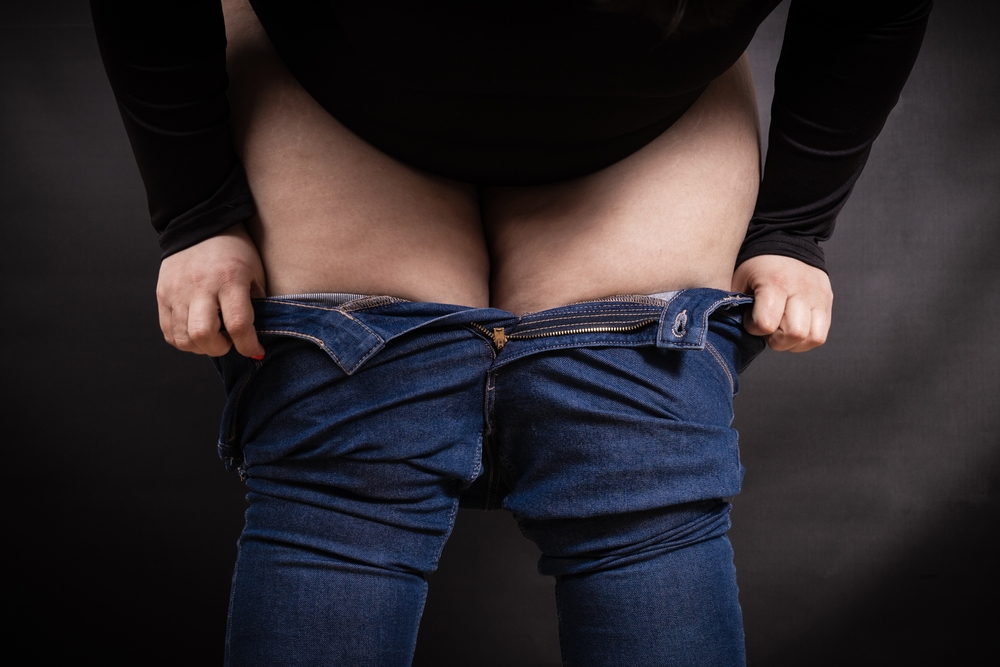
Almost everyone has a pair of jeans tucked away that does not fit anymore. They might have been your favorite pair years ago, but changes in body shape make them uncomfortable now. People often keep them in hopes of fitting into them again one day, which means they sit in the back of the closet without being touched. What was once a go-to piece becomes a reminder of the past rather than a staple for today.
Holding onto these jeans can lead to frustration every time you see them. Instead of making you feel confident, they may trigger guilt or unrealistic expectations. The truth is that clothes should work for your current life, not a potential future version of yourself. Donating them to someone who can actually use them creates room for clothing that makes you feel good now and prevents clutter from building up.
Sentimental T-Shirts

Old t-shirts often carry emotional value, whether from concerts, school activities, or charity events. These shirts rarely leave the closet because the fabric may be stretched, the colors faded, or the designs outdated. They act as memory holders rather than functional clothing. People hesitate to part with them because they feel like they are losing the memory tied to the shirt.
The reality is that those memories are already part of your story, and the shirt itself does not need to stay forever. Many people find comfort in taking photos of sentimental shirts before letting them go. Others turn them into quilts or pillows as a way to preserve the memories in a functional form. This keeps the sentiment alive while freeing up closet space for clothes that are actually wearable.
Formal Dresses From Past Events

Special occasion dresses are often purchased for weddings, proms, or galas, and then worn only once. These dresses are rarely reused because the style might feel outdated, or because people do not want to repeat an outfit for another big event. They usually stay at the far end of the closet in garment bags, taking up a lot of space. Over time, they serve no purpose beyond gathering dust.
It is easy to convince yourself that the dress might be useful again, but the chances are slim. Even when another occasion comes along, most people prefer something new or more current in style. Selling them online, donating them to a charity that supports women in need, or even repurposing the fabric can help these items find new life. This way, you keep your closet practical without hanging onto dresses that no longer serve your lifestyle.
Shoes That Hurt To Wear
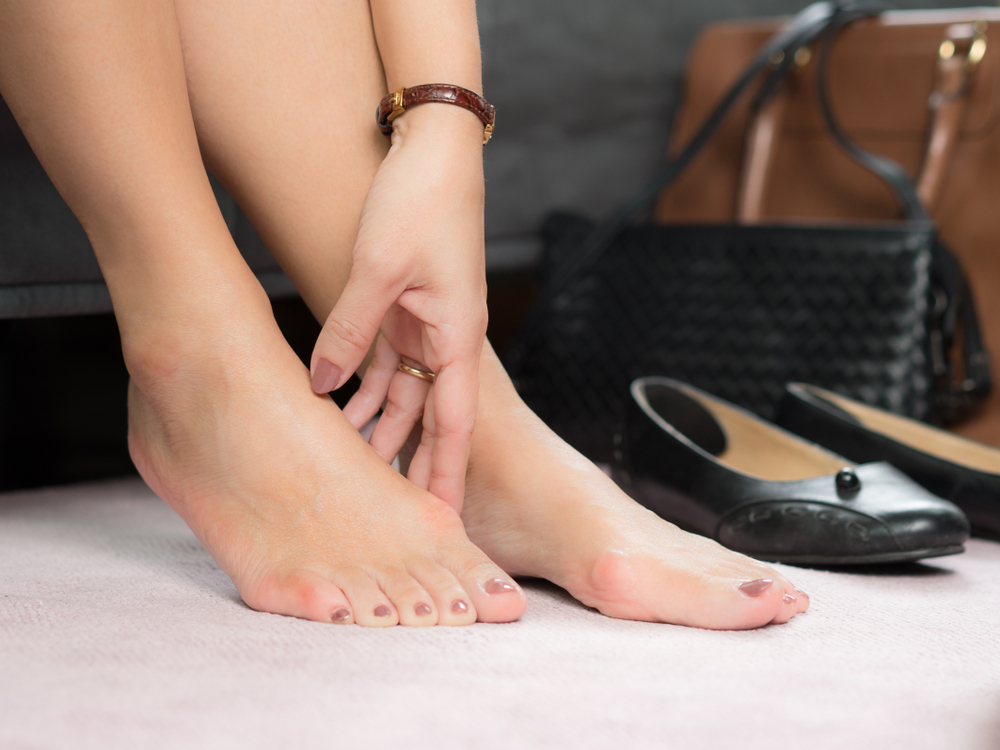
Shoes that pinch your feet or cause blisters usually remain in the closet because they were expensive or stylish. You may have bought them thinking they would be broken in eventually, but the discomfort often keeps them from ever being used. They take up space and bring regret each time you glance at them.
Keeping uncomfortable shoes often leads to the same cycle. You think you will wear them to get your money’s worth, but every time you put them on, they end up back in the box. Letting them go, whether by selling or donating, removes that cycle of guilt and makes room for footwear that fits well and feels good. A closet filled with comfortable shoes means you will actually wear what you own.
Suits That Belong To A Past Career

Many people still hold onto suits from jobs that required formal wear, even though their current lifestyle does not call for them. These suits may be high quality, but if you now work in a casual environment, they often stay untouched. Fashion trends change, too, making older suits look outdated. What once symbolized professionalism may no longer match your daily reality.
Clothing that no longer fits your current lifestyle ends up being dead weight. If the suits still fit and are in good condition, consider keeping one or two for rare occasions. The rest can be donated to organizations that help people entering the workforce. This keeps your closet practical and aligned with what you actually need today.
Workout Gear You Never Use

At some point, you may have bought exercise clothing with the goal of getting into a routine. However, if the workout habit never formed, these leggings, sports bras, or specialized shoes end up untouched. They serve as a reminder of plans that never took off, which can bring feelings of guilt rather than motivation.
Workout gear should be supportive and functional, not a symbol of failed routines. If you are not using it, chances are it will continue to sit there. Donating it to someone who will appreciate and use it makes more sense than letting it collect dust. Freeing up that space gives room for clothing that actually reflects your day-to-day life.
Trendy Pieces That Fell Out Of Style

Fashion trends change quickly, and what looked stylish last year might already feel outdated. Items like neon jackets, oversized belts, or patterned pants that once felt exciting now look awkward or impractical. These pieces often sit untouched because you feel they no longer represent your personal style.
It is easy to hold onto them out of guilt for spending money, but keeping them will not make them come back into your regular rotation. Fashion cycles do return eventually, but waiting for that moment can take years. It may be better to let them go now and embrace clothing that fits your current taste and lifestyle.
Jackets Too Heavy Or Too Light For Your Climate
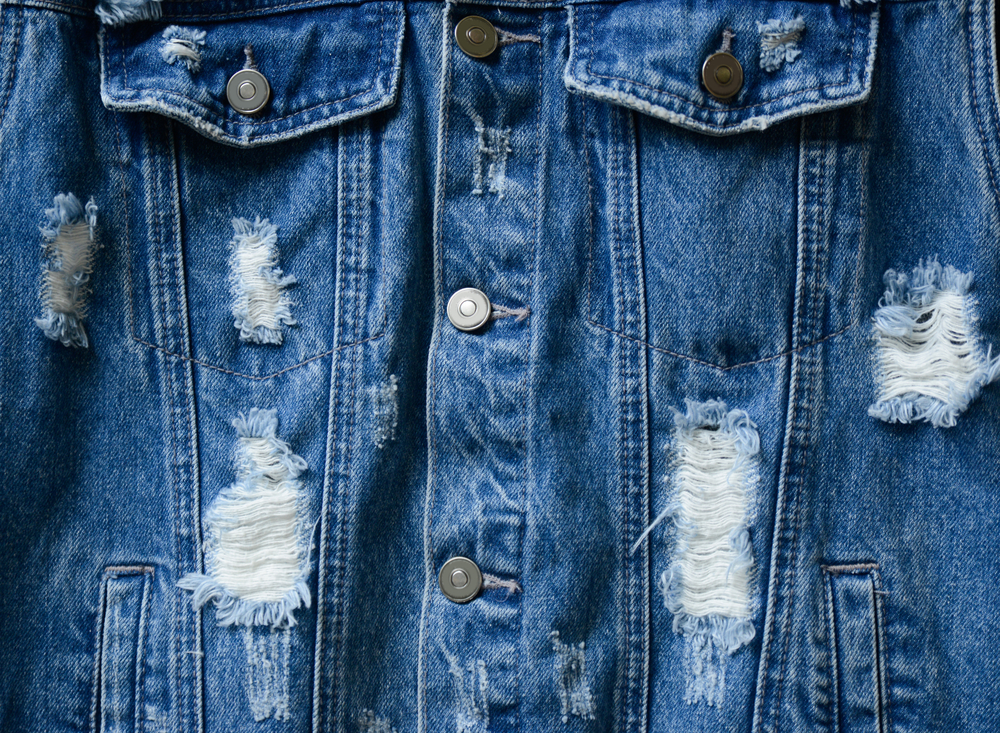
Outerwear often proves impractical for your local climate. A heavy coat may be useless in a warm climate, while a light jacket provides no help during freezing winters. These pieces stay in the closet because they are in good condition, but they do not actually serve you.
Holding onto jackets you cannot wear wastes valuable space. Unless you plan to move to a different climate, they will remain unused. Donating them to someone who lives in an area where they are needed allows them to serve a purpose, while you enjoy a closet filled with clothing that fits your environment.
Dresses That No Longer Fit Your Lifestyle
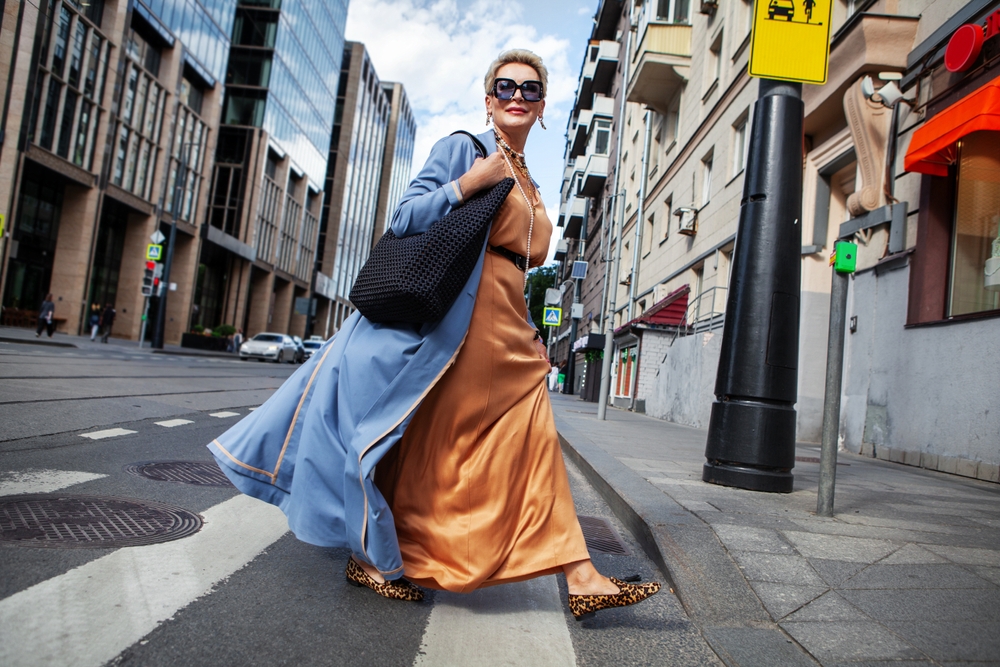
If you used to attend parties or dinners often, you may have accumulated a collection of stylish dresses. However, life changes quickly, and those events might not be part of your current reality. The dresses stay hanging in the closet, waiting for an occasion that rarely arrives.
It can be difficult to part with them, especially if they were expensive or tied to special moments. Still, holding onto them does not add value to your daily wardrobe. Passing them along to someone who will wear them is more rewarding than letting them gather dust.
Shoes For A Sport You Gave Up

Maybe you once played tennis, soccer, or ran marathons, and you bought specialized shoes for those activities. If that hobby is no longer part of your routine, the shoes likely sit unused. They are designed for specific use and are not practical for everyday wear.
Sports shoes that are not worn can degrade over time, making them less effective even if you try to use them later. Letting them go is a way to acknowledge that your lifestyle has shifted. Instead, you can make space for footwear that suits your current needs.
Coats From Old Travel Trips

Many people buy coats specifically for vacations to colder regions. Once the trip is over, the coat often does not get used again, especially if you live in a warmer climate. These coats are bulky, so they take up a significant amount of closet space.
It feels wasteful to give them up, but keeping them may be even less practical. If you do not have another trip planned, they serve no real purpose. Passing them to someone who lives in a colder area gives the item new life while clearing up valuable space in your closet.
Clothes That Need Repair
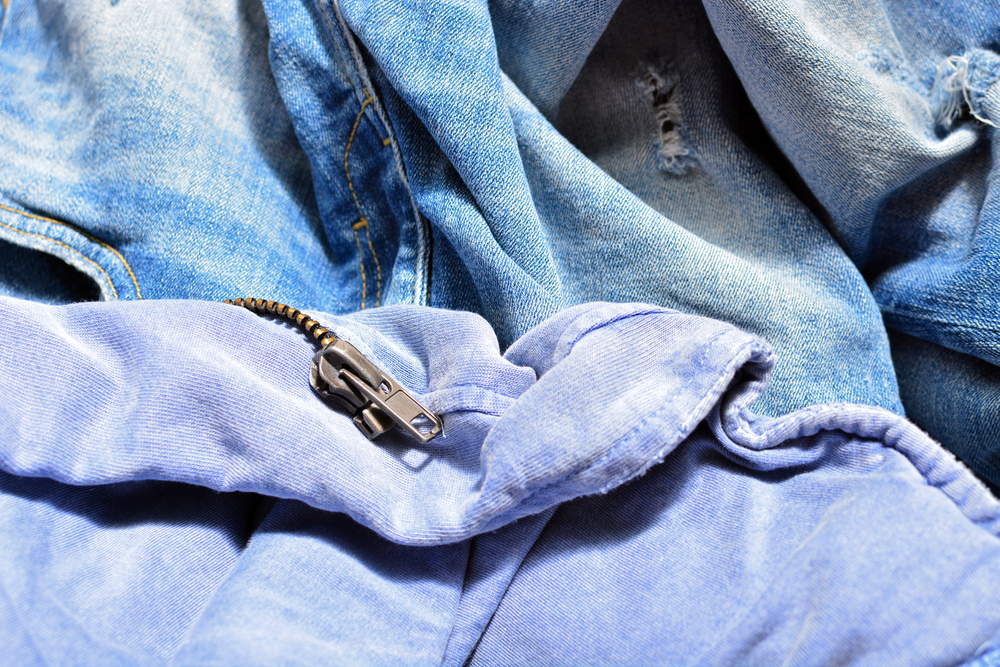
Sometimes people keep clothing that has a missing button, broken zipper, or torn seam. The idea is that you will fix it eventually, but often it stays forgotten. These pieces remain unwearable and occupy space while waiting for repairs that never happen.
If months or years pass and the item is still broken, it is time to accept that it may never be fixed. Only keep items you are truly committed to repairing. Otherwise, it is better to part with them and focus on pieces you can actually use.
This article originally appeared on Avocadu.
